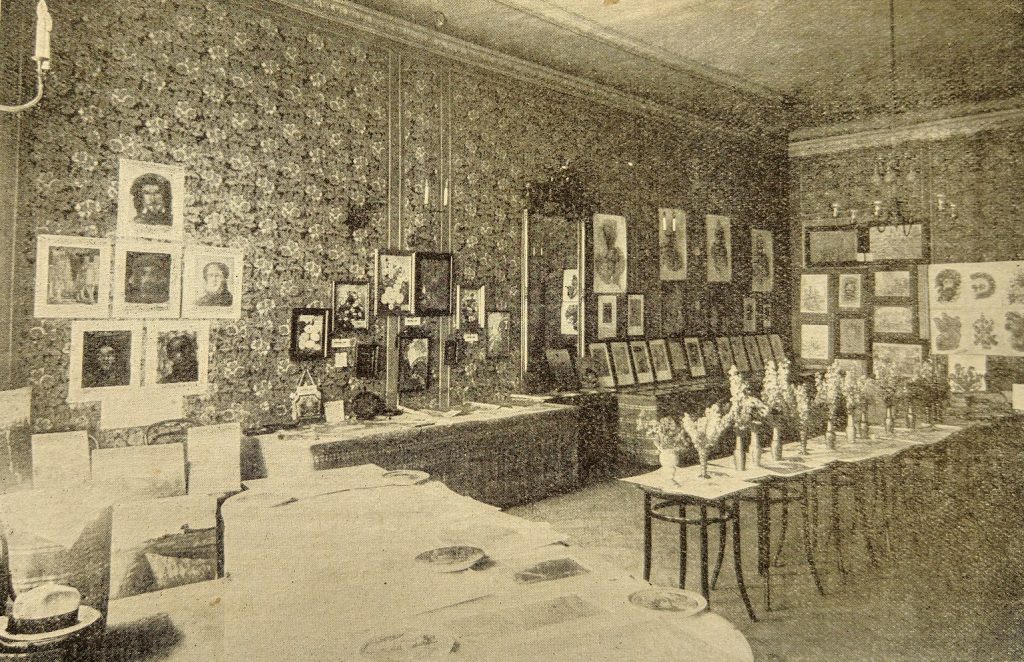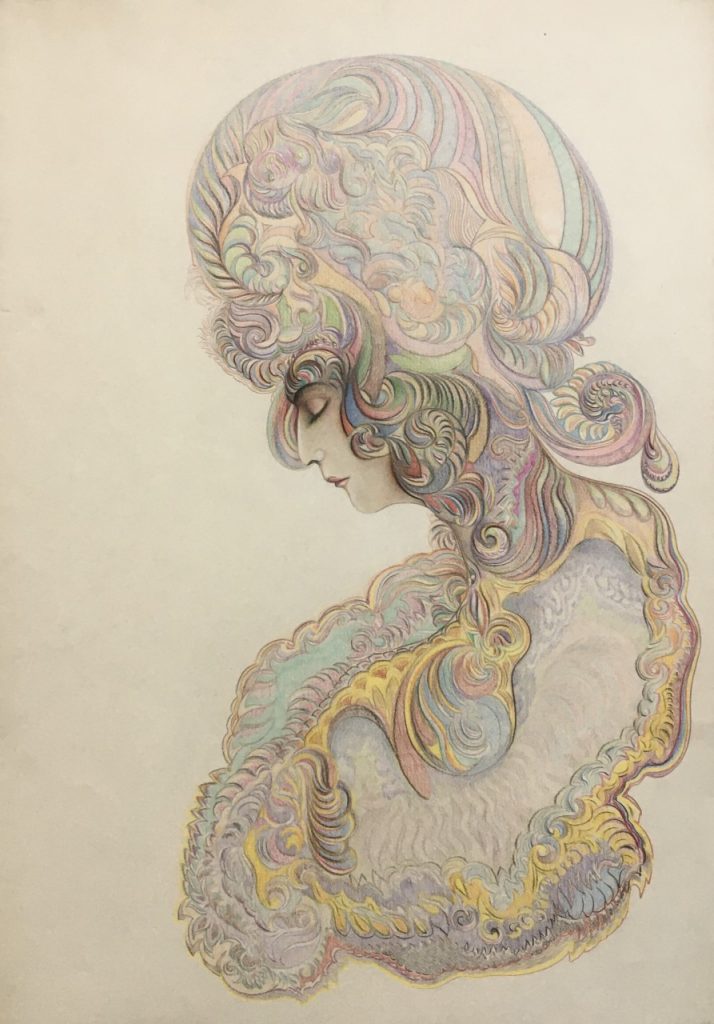“I am in awe of the wealth of Asian motifs. No less wondrous is the certainty of the drawing with which the technically difficult challenges are easily overcome. Colours portray true oriental richness. They are unique in their kind, highly original. It can’t be the property of your brain. For me it is proof of an artist completely outside of you.” A quote by Alfons (Alphonse) Mucha describing the drawings of Frantisek Jaroslav Pecka



Frantisek Jaroslav Pecka (1878-1960 – Czech Republic) graduated from a grammar school in Prague to pursue a career in teaching which began in 1897 and lasted for more than 40 years. In his spare time he enjoyed studying nature and after a stay in Kosor where he discovered rare or fossils from Silurian and Devonian limestones he devoted himself to palaeontological research. His collection aroused the interest of scientific scholars, from home and abroad, which led to the classification of completely new families of cartilaginous fish from black Kosor marble. The National Museum has 36 beautifully preserved fragments of these unique pieces, and Pecka was appointed a correspondent member of the Natural Science Corps of the National Museum. His unique gastropod, stored in a showcase in the Barrande Museums, bears the name: Hercynella Peckai in his honour. It is the only specimen of the Branik limestone in Kosor. At an exhibition in Zbraslav in 1906 he was rewarded with a silver medal with an artistic diploma for the exhibited archive.
Pecka was also a writer. For young teenagers he wrote: Young geologist, Wonder of a Prawn, In the footsteps of a Mammoth and In the depths of age. He contributed to several mainstream magazines and was a member of the Metapsychic Society in Prague where he wrote a series of valuable and objective lectures and articles on psychic subjects. One of these stated that Pecka “fought for truth and purity in full conviction of the existence of the afterlife and communication with those who seemingly abandoned the death of the physical body.”


He attended séances and experiments with mediums of the world including Janusz Fronczek, Maria Silbert, Willy and Rudi Schneider. As a psychical investigator Pecka is best known today for his beautiful automatic drawings which have recently been rediscovered. In 1948 there were nearly 300 large pastel drawings of which around 150 still survive today. There are two distinct styles. The intricate and ornately decorated heads in pencil and crayons and a smaller amount of abstract designs that are akin to finger painting.
Pecka’s work was exhibited in the 1920s in the Topic Salon, in Narod. The Smichov House (probably the National House of Schimov) and in the lecture hall of the Clam-Gallas Palace in Prague. His work was also shown in several psychic conferences in Paris, London and other European cities, and other groups shows of Czech spirit art.
To study more artists like Frantisek Jaroslav Pecka please see our artists page. Pecka’s work can be found in the collections of the Gallery of Everything, Vivienne Roberts and the Henry Boxer Gallery.